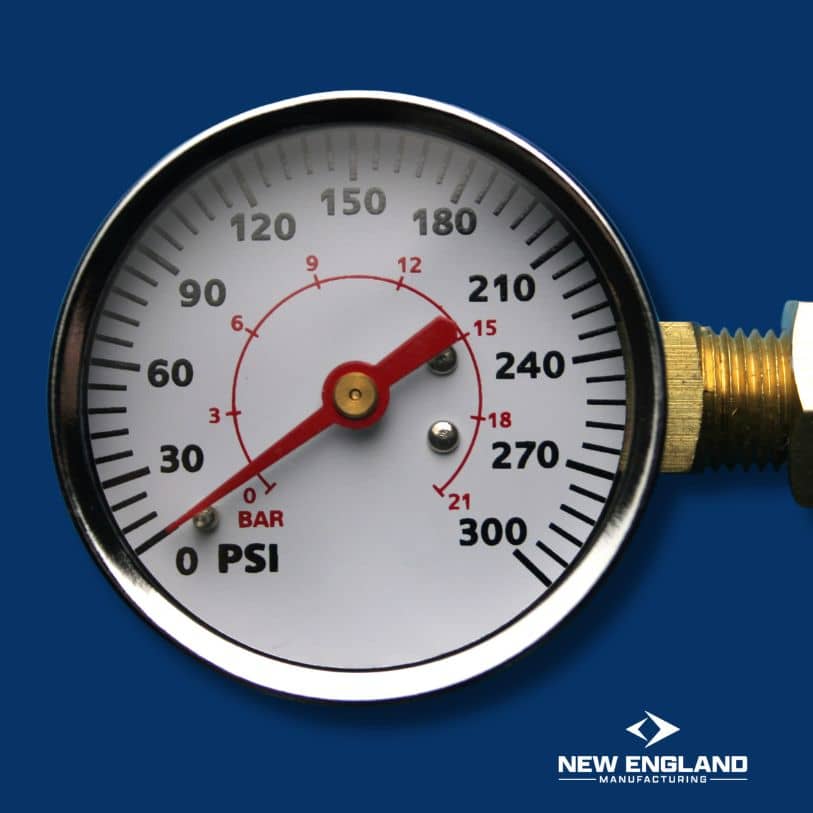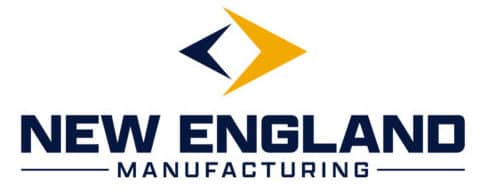Ensuring Safety with Fire Pump Pressure Gauges
When it comes to firefighting, the reliability of your equipment can make all the difference. Among the critical components, fire pump pressure gauges play a vital role. They ensure that the fire pumps operate optimally, delivering the necessary water pressure to combat fires effectively.
This post will discuss the importance of properly selecting and maintaining the right fire pump pressure gauge to guarantee safety and efficiency.
Importance of Fire Pump Pressure Gauges
Fire pump pressure gauges are essential instruments in firefighting systems. They monitor the water pressure within the pumps, ensuring that they function correctly during an emergency. If the pressure is too low, the water flow will be insufficient to control or extinguish a fire. Conversely, if the pressure is too high, it can damage the system and potentially cause it to fail when it’s needed the most.
Selecting the Right Fire Pump Pressure Gauge
Choosing the right fire pump pressure gauge is critical for the effectiveness and reliability of your fire fighting system. Here are some factors to consider:
Gauge Range and Accuracy
The gauge range should match the operating pressure of the fire pump. It’s important to select a gauge with a range that includes the maximum operating pressure of your system. This ensures accurate readings and helps prevent damage to the gauge. Accuracy is also crucial. A gauge with high accuracy provides reliable readings, which is essential for the proper operation of the fire pump.
Gauge Size
Fire pump pressure gauges come in various sizes, typically measured in dial diameter. Larger gauges are easier to read from a distance, which can be crucial during an emergency. However, smaller gauges can be useful in confined spaces where larger ones might not fit.
Material and Durability
The materials used in the construction of the gauge should be durable and resistant to corrosion. Brass and stainless steel are common materials due to their strength and resistance to harsh environments. Durability is important because fire pump pressure gauges need to withstand extreme conditions and rough handling.
Connection Type
The connection type should match the fittings on your fire pump system. Common connection types include NPT (National Pipe Thread) and BSP (British Standard Pipe). Ensuring compatibility with your system’s connections will make installation and maintenance easier.
Installing Fire Pump Pressure Gauges
Proper installation of fire pump pressure gauges is essential for accurate readings and system reliability. Follow these steps to ensure correct installation:
Placement
Install the gauge where it is easily visible and accessible. This allows for quick monitoring during an emergency. Typically, the gauge should be installed on the discharge side of the pump for the most accurate pressure readings.
Tightening Connections
Use appropriate tools to tighten the connections, ensuring a secure fit without over-tightening, which can damage the threads or the gauge itself. Using thread sealant tape can help ensure a leak-free connection.
Calibration
After installation, calibrate the gauge to ensure it provides accurate readings. This may involve comparing it with a known reference gauge or using a calibration device. Regular calibration checks are recommended to maintain accuracy over time.
Maintaining Fire Pump Pressure Gauges
Regular maintenance of fire pump pressure gauges is vital to ensure they remain accurate and reliable. Here are some maintenance tips:
Regular Inspections
Inspect the gauges regularly for any signs of damage or wear. Check for cracks, leaks, or corrosion, and replace any damaged gauges immediately. Regular inspections help identify issues before they become critical.
Cleaning
Keep the gauges clean and free from debris. Dirt and grime can affect the accuracy of the readings and may cause the gauge to malfunction. Use a soft cloth and mild detergent to clean the gauge face and connections.
Calibration Checks
Regularly check the calibration of the gauges. Over time, gauges can drift out of calibration due to mechanical wear or exposure to harsh conditions. Calibration checks help ensure the gauges provide accurate readings when needed most.
Replacing Worn-Out Gauges
Even with regular maintenance, gauges will eventually wear out and need replacement. Follow the manufacturer’s guidelines for the lifespan of the gauge and replace it as recommended. Using old or damaged gauges can compromise the reliability of your firefighting system.
Troubleshooting Common Issues
Despite regular maintenance, you may encounter issues with your fire pump pressure gauges. Here are some common problems and how to address them:
Inaccurate Readings
If the gauge provides inaccurate readings, check for calibration issues. Recalibrate the gauge if necessary. If recalibration doesn’t resolve the issue, the gauge may need replacement.
Gauge Not Moving
If the needle on the gauge isn’t moving, it could be due to a blockage in the connection or a mechanical failure within the gauge. Inspect the connections for any obstructions and clear them if found. If the problem persists, replace the gauge.
Leaking Connections
Leaks around the gauge connections can cause inaccurate readings and potential system failures. Ensure all connections are tight, and use thread sealant tape to prevent leaks. If a leak persists, replace the fitting or the gauge.
Conclusion
Fire pump pressure gauges are critical components of any firefighting system. They ensure the system operates within safe and effective pressure ranges. Selecting the right gauge, installing it correctly, and maintaining it regularly is key to the reliability and effectiveness of your firefighting equipment.
By understanding the importance of fire pump pressure gauges and following best practices for their selection, installation, and maintenance, you can ensure that your fire protection system will perform when needed. At New England Manufacturing, we offer a range of high-quality fire pump pressure gauges designed to meet the rigorous demands of firefighting systems. For more information on our products and services, visit nemfg.com.
In conclusion, paying attention to the details of your fire pump pressure gauges can make a significant difference in your firefighting efforts’ overall safety and efficiency. Regular inspections, proper selection, and diligent maintenance are not just best practices—they are essential for any responsible fire safety system manager.
Read More:
Role of Fire Pump Pressure Gauges

Mark R.
With a strong foundation in industrial safety and fire protection systems, Mark R. specializes in creating clear, technical, and compliance-driven content. Writing for SafeTech Reports, he covers topics such as fire hydrant testing, PPE protocols, emergency procedures, and smart technology integration in safety systems. His work ensures that professionals stay informed on the latest regulations, best practices, and emerging trends in safety and infrastructure maintenance.
Get in touch
We usually respond within 24 hours
Need Reliable Water Flow Test Equipment?
For over 70 years, New England Manufacturing has been the trusted source for fire hydrant and water flow testing kits. From pitot gauge kits to custom test kits, we provide precision, durability, and expert calibration to meet your needs.
- Custom-built test kits
- High-quality pressure gauges
- Reliable calibration services


